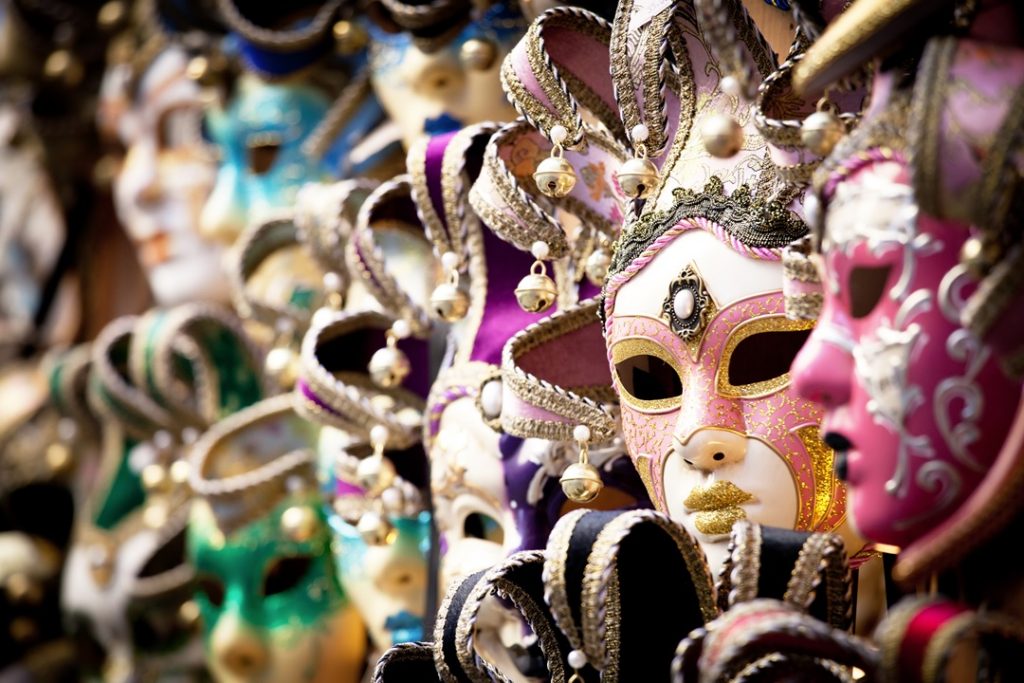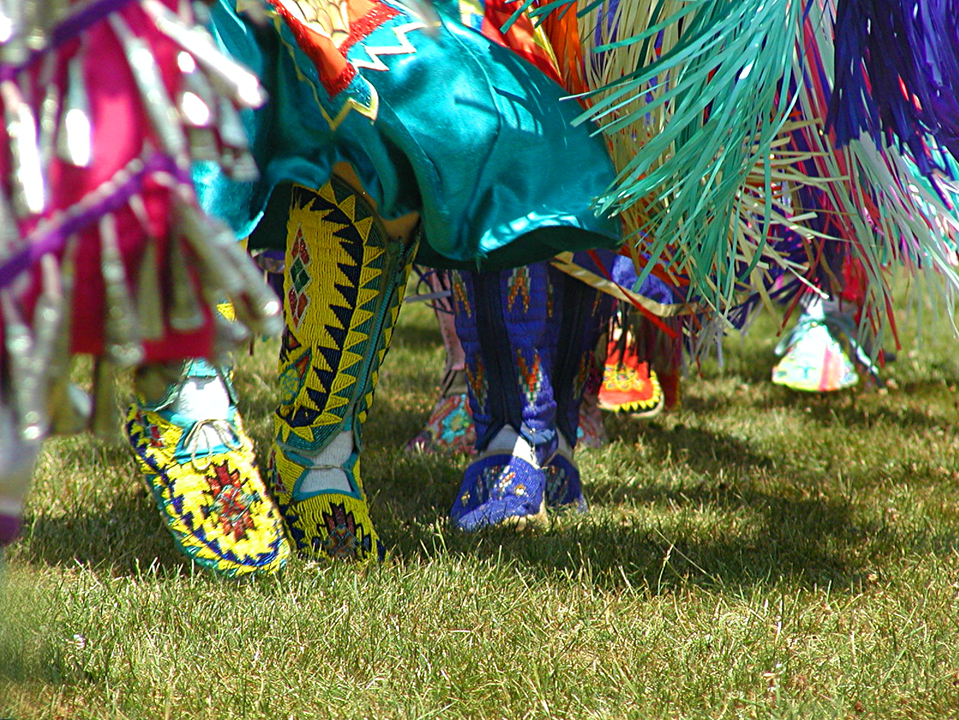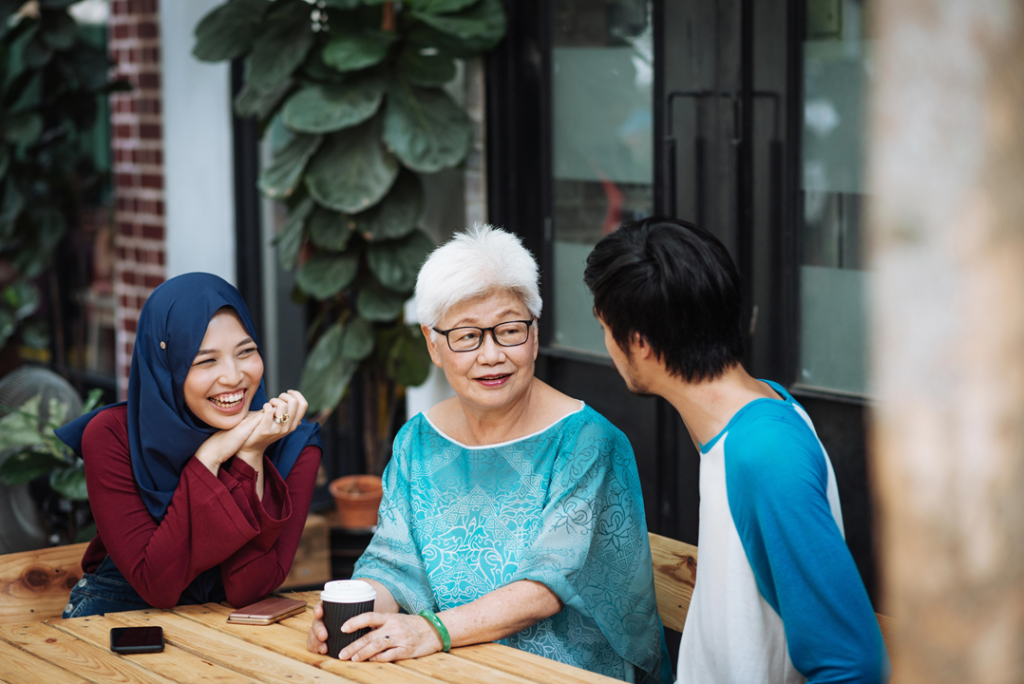Collections


The Tangible and Intangible Heritage, as presented by UNESCO, includes all of the built goods, objects and materials related to the usage of the riverbeds and their margins (such as boats, fishing instruments, mills and dams, factories and garments), and also the cultural practices related to them (such as songs, religious and vernacular traditions, gastronomy, dance, know-how and techniques such as sailing and fishing techniques). All of these aspects help us to understand the importance of the river as factors of economic and cultural development, encompassing sports and tourism.
Oral Memory stands as a specific collection of materials regarding the oral testimonies of the people who in different ways relate to the rivers in question. These testimonies may be related to the tangible and intangible aspects of the heritage but require a specific methodology of registration. They also convey the symbolic means and feelings of these roleplayers towards the rivers. More than just items, they affirm the importance of each life course in taking part of our shared History.

